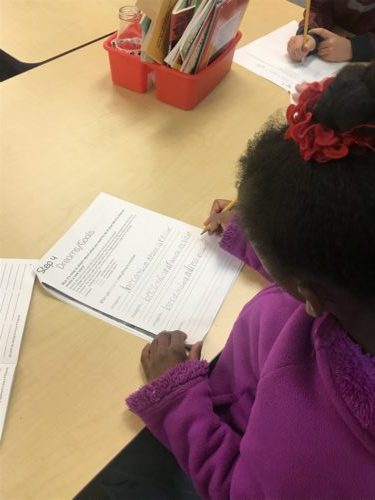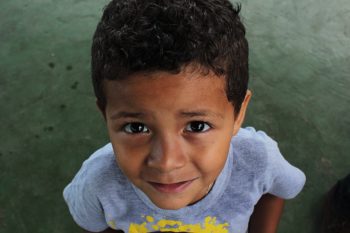
How does Emotional Freedom Technique/ EFT/Tapping Support The Imagine Project?
As parents and teachers we often see our kids struggling with issues that challenge their ability to cope. It may be keeping up in school,

As parents and teachers we often see our kids struggling with issues that challenge their ability to cope. It may be keeping up in school,

Ugh, yet another school shooting. Our hearts are all breaking once again. When will it ever end? What are the solutions? How can we help?

When teachers, counselors, admin, etc. use new curriculum/ideas in their school and classrooms, they like to know what they are using is backed by credible

A very important question all parents, teachers, counselors, youth leaders, etc. must always be asking is, “How do we teach our kids to be resilient?”

Sadly, anyone with a child, friend, or relative in a school today worries if they will be safe. Unfortunately, the fear of a student being

One of the most profound gifts I’ve witnessed while working with The Imagine Project is watching a child’s face and body language shift from despair




Join our community to get the latest tips, exclusive offers, and updates straight to your inbox. Don’t miss out—subscribe now and be the first to know!